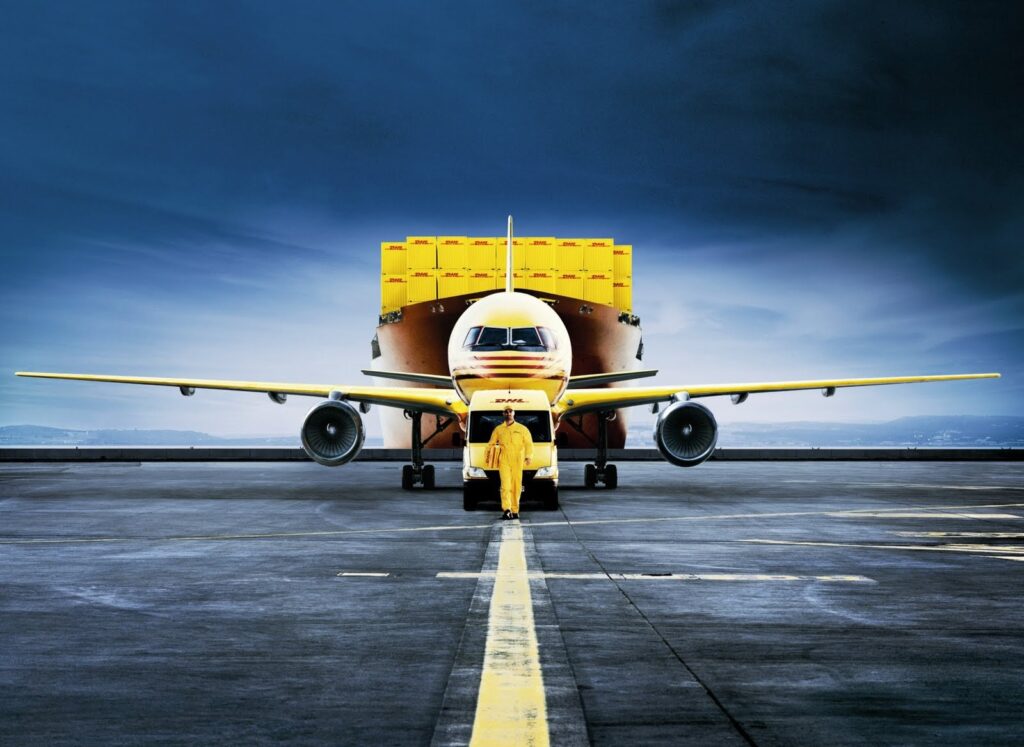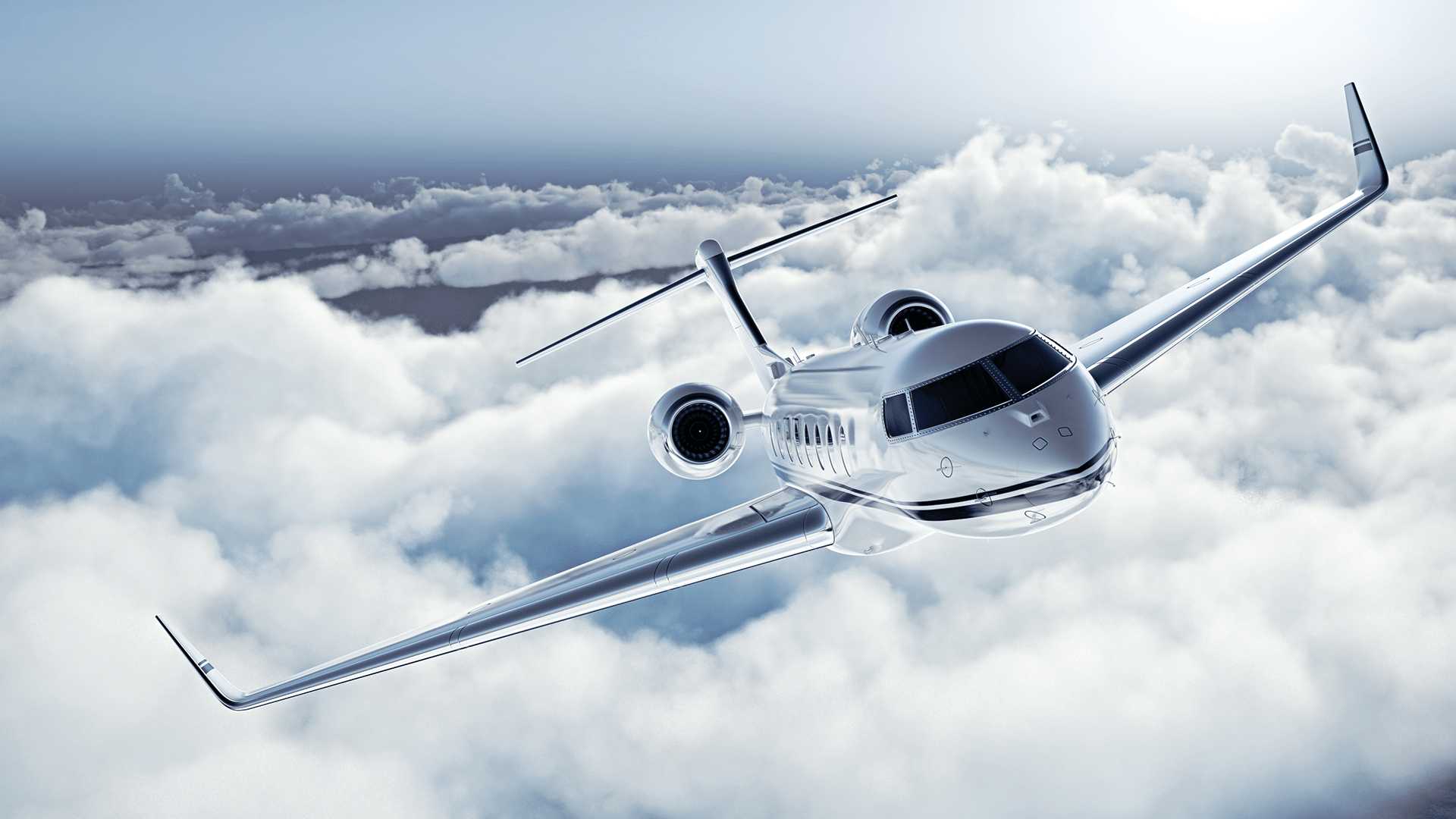
What is Air Cargo?
Air Cargo is something not many people to know about but it forms the backbone of the entire shipping industry. It is basically carrying goods on an airplane for the purpose of mass distribution or specific delivery. And as such there are many different aircrafts that are used and different costs to carry such cargo which we call the air freight charges. The history of ari cargo is quite an interesting one with the first notable use being carrying mail from British India to Britain. It evolved along the years in the 20th century to now being a major substitute for carrying goods by ships and one that is much quicker and efficient with cargo being transported quickly around the world using air freight; however, while it may appear simple, the process can become quite complicated.
Is Air Cargo For You?
Shipping using aircraft has become a norm but you have to know whether it the right one for you. This would normally be the case if youre living in a landlocked country and normal shipping would take much longer than what you require or if you need the good to be delivered as soon as possible. If you do decide to send or receive your goods using airfreight than the first thing you need is to get in touch with an air freight company and get down to discussing air freight rates and what they charge?
How Much Does Air Cargo Cost?
Air Freight might have many advantages but it is quite a bit more expensive to use than its counter parts which include transport through roads and much more expensive than shipping the same thing via sea route. The rate is affected by what you’re shipping, the carrier and airline you use, and the shipment’s chargeable weight. The chargeable weight is the greater of the gross weight (including freight, packaging, and pallet) or the volumetric weight. Volumetric weight is calculated by dividing the cargo’s dimensions (LxWxH) by a dimensional weight factor. Larger, lighter items typically take up more space than small, heavy items, which is why air cargo carriers employ the chargeable weight formula. The cost of air freight can range from 1.0 to 5 USD per kg, and is influenced by various factors such as fuel costs, type of shipment, the space and chargeable weight of the package, and distance and route of the shipment. Fuel costs are one of the main reasons that air freight is the most costly mode of transport. The type of shipment is also a factor, with specific climatic requirements leading to higher costs. Shipping via the Less Than Container Load (LCL) method, where the cost is based on the package’s space and weight, can also affect the price. The distance and route of the shipment can also impact the cost, with longer distances and certain routes leading to higher costs.
Cargo planes are specifically designed to transport cargo and come in a variety of sizes, maximizing interior space to accommodate a wide range of cargo from small pallets to large machinery. Examples of large cargo planes include the Boeing 747-400, which can hold around 26,000 cubic feet of cargo. These planes do not transport passengers and as a result are subject to fewer TSA regulations, allowing them to transport hazardous materials.
Commercial aircraft can be used to transport small shipments by placing the freight in the cargo hold of a passenger plane. These come in two types: narrow-bodied and wide-bodied, and are designed to transport cargo on pallets or in containers. However, there are restrictions, size and weight restrictions apply depending on the type of plane, the airline, and whether the goods are being shipped locally or internationally.
Air charter service, which may be the best option for critical freight with short delivery windows, providing exclusive use of a plane that flies directly to your destination and is usually the quickest way to ship to anywhere, including remote locations. Charter services are often used for urgent shipping needs in the energy, mining, and automotive industries, as well as for sporting events, filming, and product launches.
Air freight companies use a calculation called volumetric weight to determine the cost of shipping cargo. This is because if the cost is based solely on the gross weight of the package, the carrier may incur losses if the package is bulky but relatively light in weight. To determine the volumetric weight, the package’s CBM (cubic meter) value is multiplied by the applicable DIM (dimensional weight) factor. To calculate the chargeable weight, the values of gross weight and volumetric weight are compared, and the higher of the two values is used for shipping cost.

How It Works
The demand for some products has increased dramatically and so has the demand for air shipping and air freight companies have developed systems to facilitate air shipping. There are difficulties in delivering fresh goods, and air freight is the only viable solution. Rest assured, these goods can be delivered without the risk of spoilage that may occur with other modes of transportation.
When shipping goods via air freight, they are typically packaged in appropriate containers such as pallets or crates and labeled with relevant information such as the sender and recipient’s names and addresses, the package’s nature, and in some cases the package’s contents. The packaged goods are then loaded onto cargo planes at an airport cargo terminal and unloaded at their destination airport. It’s important to check with your freight forwarder about any limitations that may affect the type of aircraft you plan to use and ensure that your cargo is appropriately sized and able to be X-rayed. It’s also important to research different air freight services, considering the impact of COVID-19 on international transport options and selecting the most suitable option for your needs based on factors such as airline, route, and transit time. After transportation, the goods are cleared by customs, inspected, and processed to ensure compliance with regulations and tariffs, and delivered to the recipient either by truck or local delivery service. Air cargo is generally more costly than ground transportation, but it is faster and more reliable, making it a popular choice for shipping time-sensitive or valuable goods.
Advantages
When you opt for air transportation for your shipment, you’ll experience many benefits. Some of the most common reasons for using airfreight services include timely delivery, as air cargo is faster than other modes of transportation and can quickly transport time-sensitive or perishable products. Additionally, air cargo is a dependable mode of transportation with a strict schedule and minimal delays. The cost of ensuring a shipment is more affordable when using air transportation. This is because the risk of accidents or mishaps is greatly reduced when using air routes compared to sea, rail, and road routes. Additionally, airports are very secure with multiple layers of security, which makes it difficult for cargo to be misplaced or damaged. This leads to a lower insurance premium for air cargo compared to other methods of transportation.
Disadvantages
Airfreight, while offering many benefits, also has some downsides. The risk of accidents is higher due to the high speed of airplanes and the cost of operation is also high. Limited capacity and weather dependence also pose challenges. Airplanes may not be the best option for heavy and bulky items, and adverse weather conditions can cause delays in shipment.


No Comments